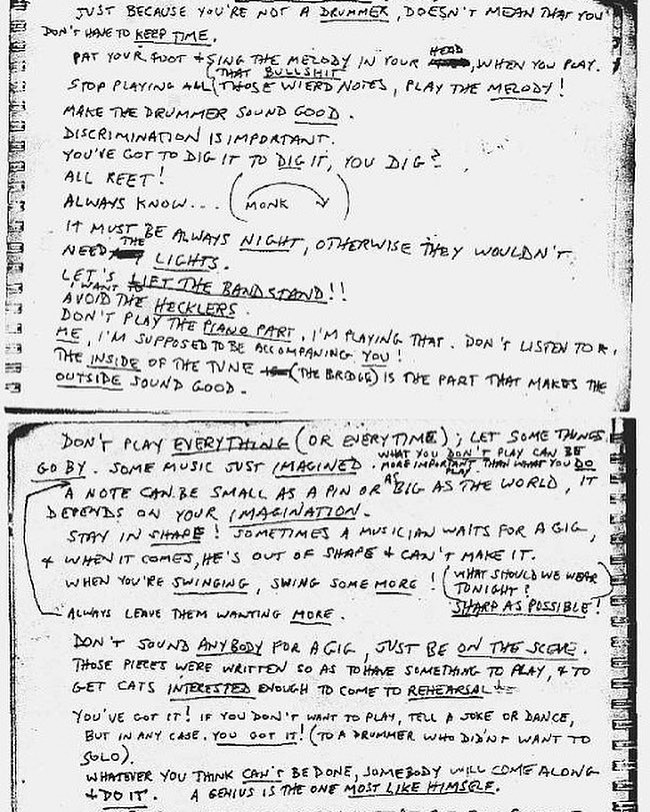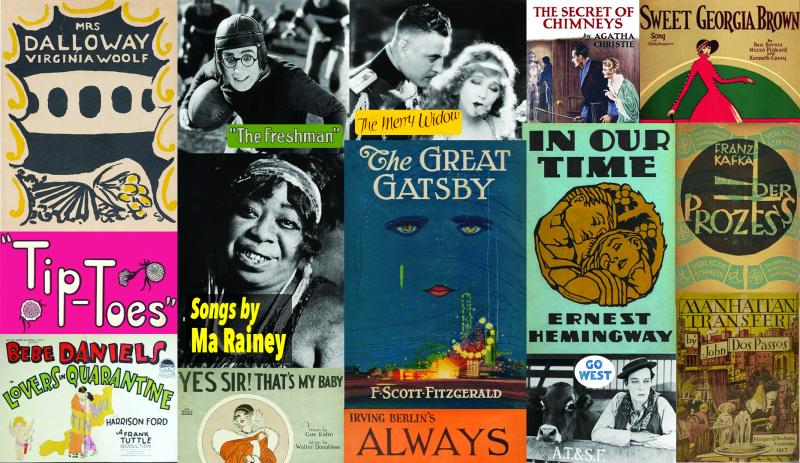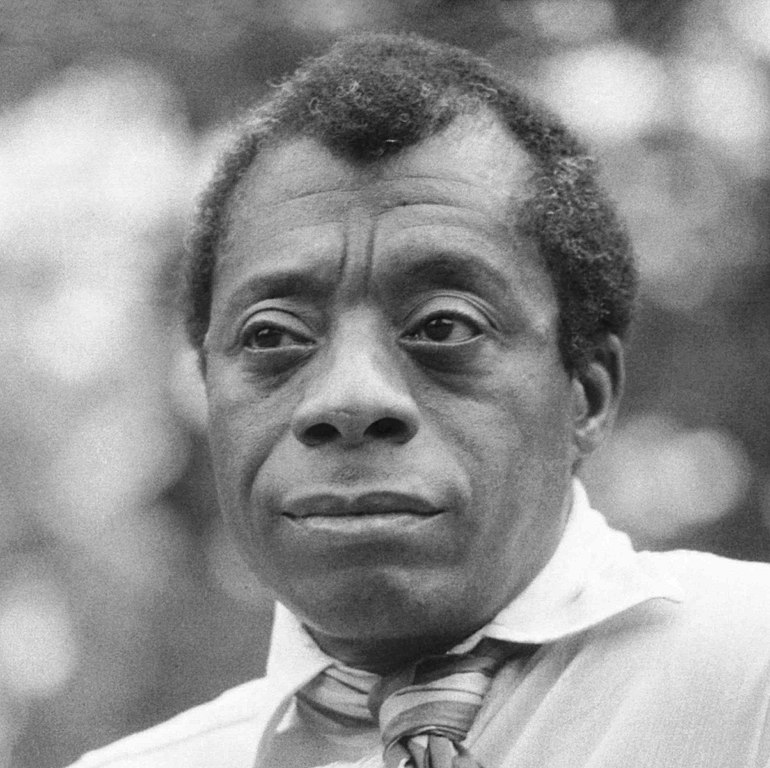Kent State University is known as the site of two important events in American culture: the massacre of May 4, 1970, and the formation of Devo. When the National Guard shot thirteen students at a Vietnam War protest, it signaled to many the end of the youth-driven optimism of the late 1960s. It also motivated a group of musically inclined undergraduates to consolidate the band/conceptual art project they’d premised on the idea of “de-evolution.” Around that time, the group’s founders, art students Gerald Casale and Bob Lewis, met a keyboardist named Mark Mothersbaugh, who contributed some of the signature musical and comedic sensibilities of what would become Devo.
“The band, or at least a band known as Sextet Devo, first performed at a 1973 arts festival in Kent,” writes Calvin C. Rydbom in The Akron Sound: The Heyday of the Midwest’s Punk Capital. Filling out that sextet were Casale’s brother Bob, drummer Rod Reisman, and vocalist Fred Weber. A handout for the show promises a series of “polyrhythmic exercises in de-evolution,” including a number called “Private Secretary,” footage of which appears above.
“The group were all dressed oddly, Bob in scrubs, Jerry in a butcher’s coat, Bob Lewis behind the keyboards in a monkey mask, and Mark in a doctor’s robe,” writes George Gimarc in Punk Diary: The Ultimate Trainspotter’s Guide to Underground Rock, 1970–1982. “The audience was, at times, confused, amused, and some even danced.”
Sextet Devo “would have been off the charts in most environments,” says Myopia, a retrospective volume on Mothersbaugh’s work. At the Kent Creative Arts Festival “the band actually fit within the spectrum of normal behavior, albeit at the far end of the scale.” But even their most appreciative viewers couldn’t have known how far the concept of de-evolution had to go, to say nothing of the pop-cultural heights to which the oddballs onstage would carry it. Just five years later, Devo would make their national-television debut as a quintet on Saturday Night Live, “de-evolving” the Rolling Stones’ “Satisfaction.” But they didn’t forget where they’d come from: nearly thirty years after their first show, they came back around to 1970 for a de-evolution of Crosby, Stills, Nash & Young’s “Ohio.”
Related Content:
The Mastermind of Devo, Mark Mothersbaugh, Presents His Personal Synthesizer Collection
DEVO Is Now Selling COVID-19 Personal Protective Equipment: Energy Dome Face Shields
Based in Seoul, Colin Marshall writes and broadcasts on cities, language, and culture. His projects include the Substack newsletter Books on Cities, the book The Stateless City: a Walk through 21st-Century Los Angeles and the video series The City in Cinema. Follow him on Twitter at @colinmarshall, on Facebook, or on Instagram.




